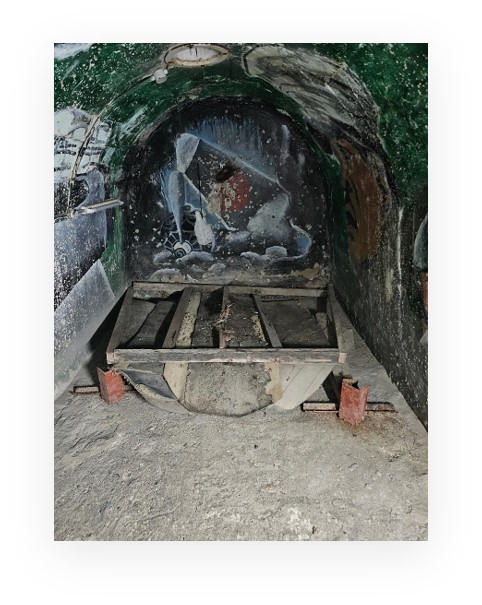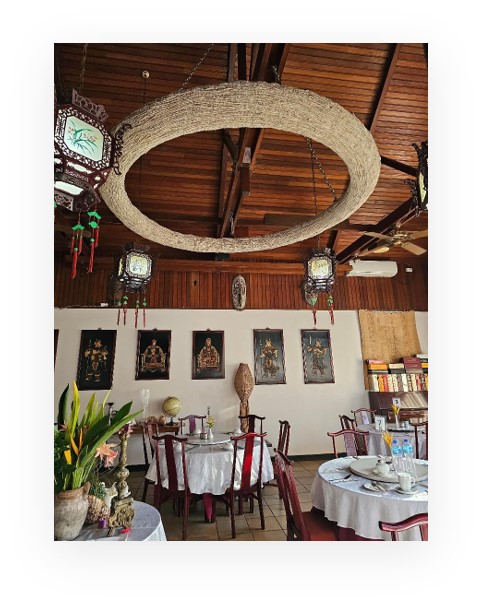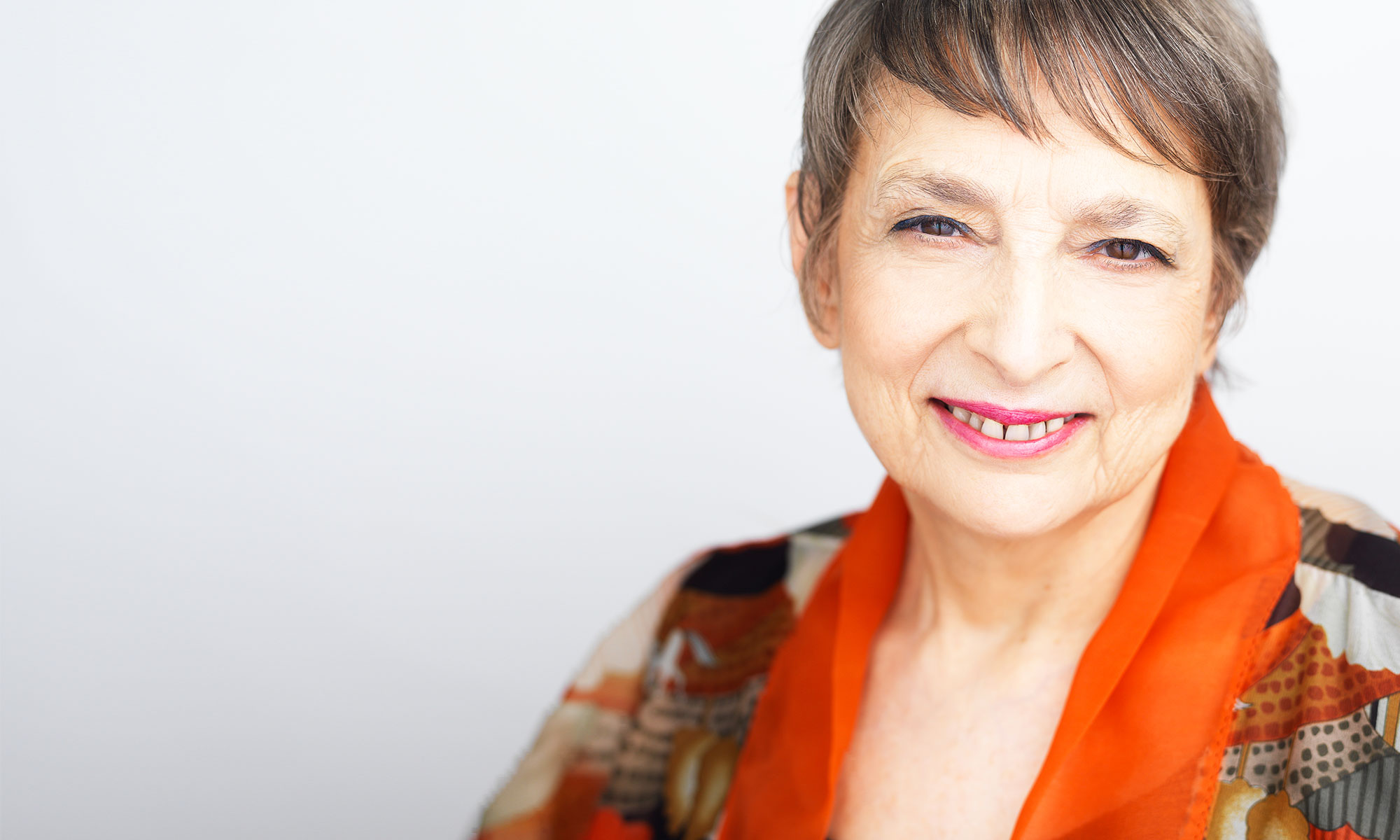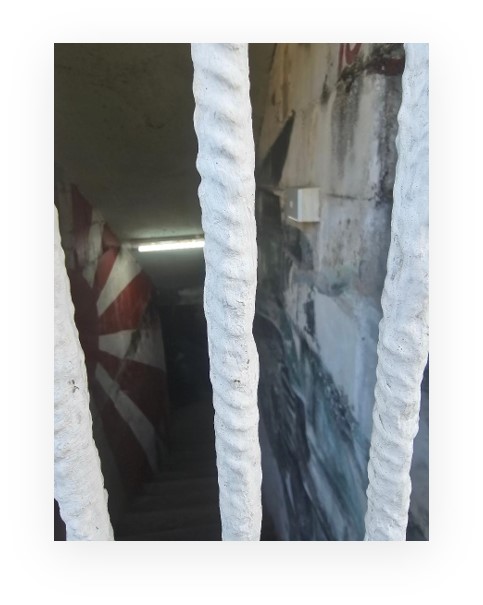Dear Friends and Readers,
As I rev up for the book launch of Beyond the Bukubuk Tree: A World War II Novel of Love and Loss, I want to share my photographs of my fantastic trip to Rabaul, the novel’s setting. Rabaul is on New Britain Island, and became an impregnable Japanese fortress during World War II.
The current Rabaul Hotel on Mango Avenue is not on the same location as the hotel of the same name in 1941. More of that later. This Rabaul Hotel has a swimming pool, a famous dining room, and I learned that the chef who cooked for me had cooked two months earlier for the film crew of actor Will Smith’s film company. Will Smith was filming Papua New Guinea’s extraordinary natural beauty for National Geographic Magazine). Rabaul Hotel also boasts a real Japanese bunker on the premises.
My featured image is the entrance grate, with the Rising Sun image visible. And here is the bottom, down stone steps.

Now, let me tell you the story of the huge wheel of shell money hanging from the ceiling of the dining room (image below). Because it’s a tale of resilience that moved me to tears, one of the reasons I left part of my soul in Rabaul.
Rabaul sits between two active volcanoes, Vulcan and Tavurvur. The Rabaul Hotel, built by owner, Susie McGrade’s father, who was a builder, has sloping roofs, a generator and its own well.
Rabaul was partially destroyed by Tavurvur’s eruptions in 1937 and 1994. After that eruptions, the Australian administration, with help from local Chinese construction companies and all hands on deck, rebuilt the town. At that time, Rabaul was the capital of Australia’s Mandated Territory of New Guinea. The administrative center moved to Lae, on the northern coast of mainland New Guinea. But Rabaul remained the vital port town governing Simpson Harbor, the greatest harbor in the Southern Hemisphere. Which is why the Japanese military wanted it.
When it seemed likely that Tavurvur would erupt again, 60 years later, the Rabaul Hotel was covered in builders’ plastic. It was the only major building on Mango Avenue not critically damaged. Mango Avenue had always been the main business street. Two days after the spewing rocks, fire and ash ceased, the hotel was operational.
This time, ,the government didn’t rebuild Rabaul. Instead, the town of Kokopo, 46 miles away, and beyond the volcano’s reach, became the island’s business and tourism center. I stayed there, too. Rabaul’s damaged buildings were bulldozed. Old Chinatown and the famous Bung, or Native Market, were obliterated and not reconstructed. At least, not yet.
But there, amidst the dust, was the functioning Rabaul Hotel.
As Susie McGrade tells it, visitors came from the Solomon Islands to see what was going on. They stayed at the hotel, insisting on paying with shell money, rather than cash. Shell money is currency in Rabaul.

As the shells accumulated, female employee took a full tin of shells home and threaded them onto a cane string in the traditional manner. Over two years, they made this wheel hanging from the ceiling today. It’s the biggest wheel in anyone’s living memory, worth 20,000,000.00 kina, or $6,800,000.00 USD. It’s a museum piece.
All the hospitality places I visited display shell money, but they bought them as a tourist symbol.
This one is unique. A tribute to the “hang in there” attitude I loved about those still living in Rabula.

